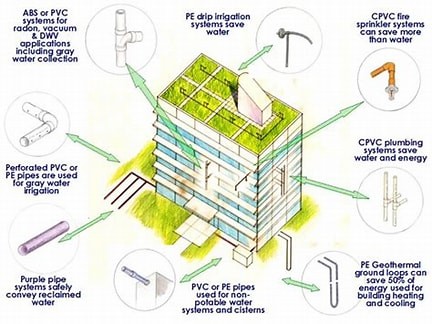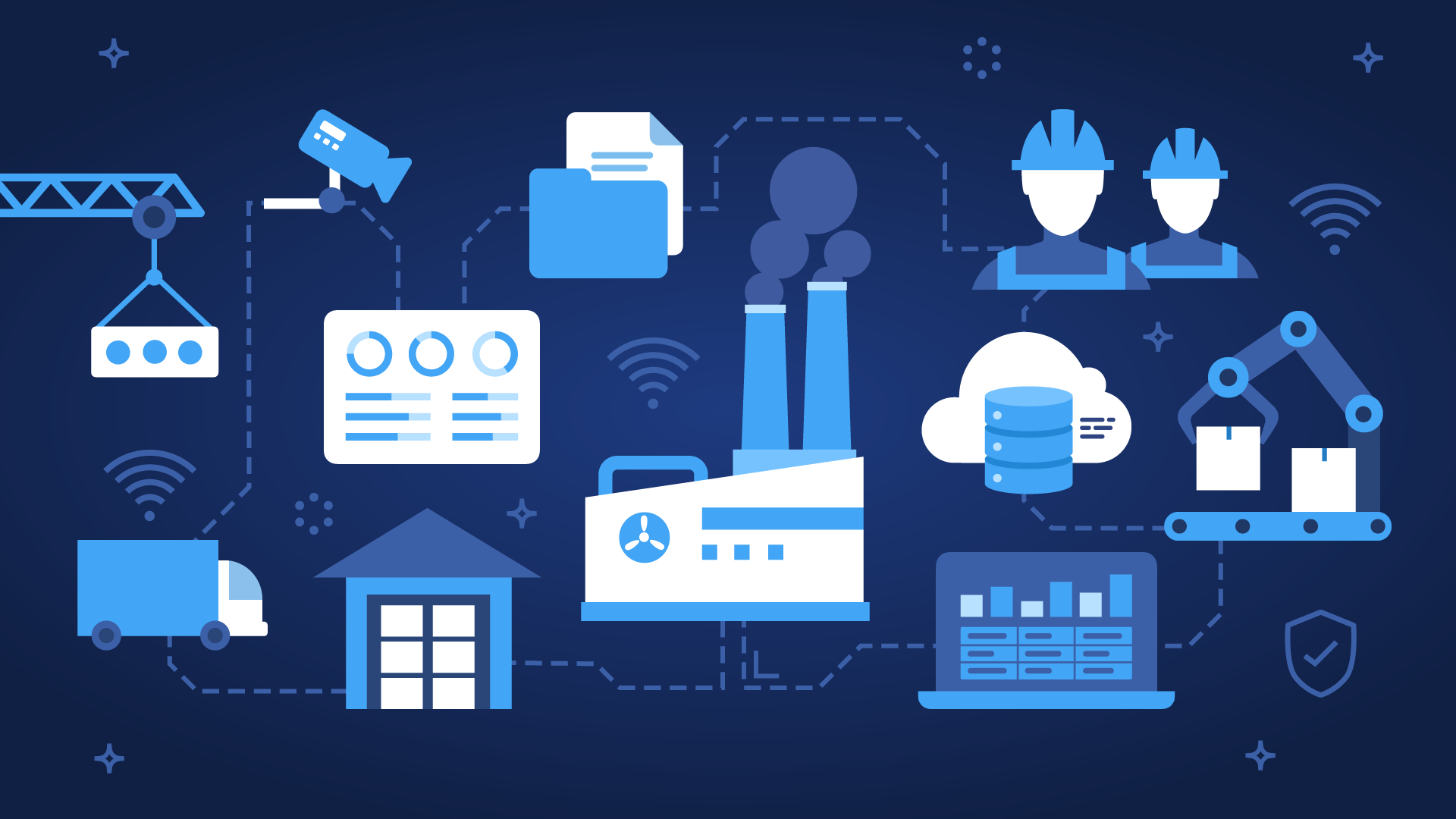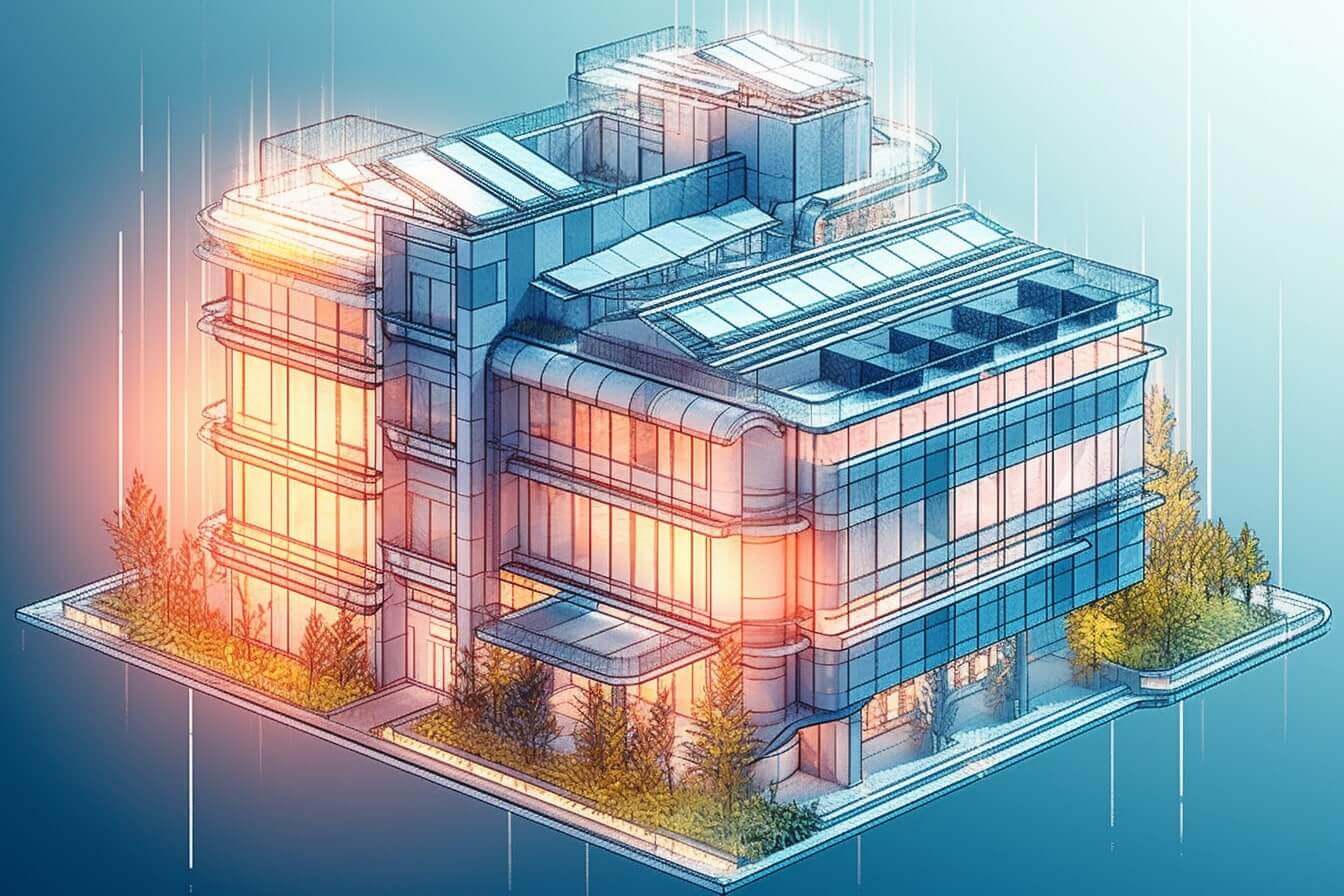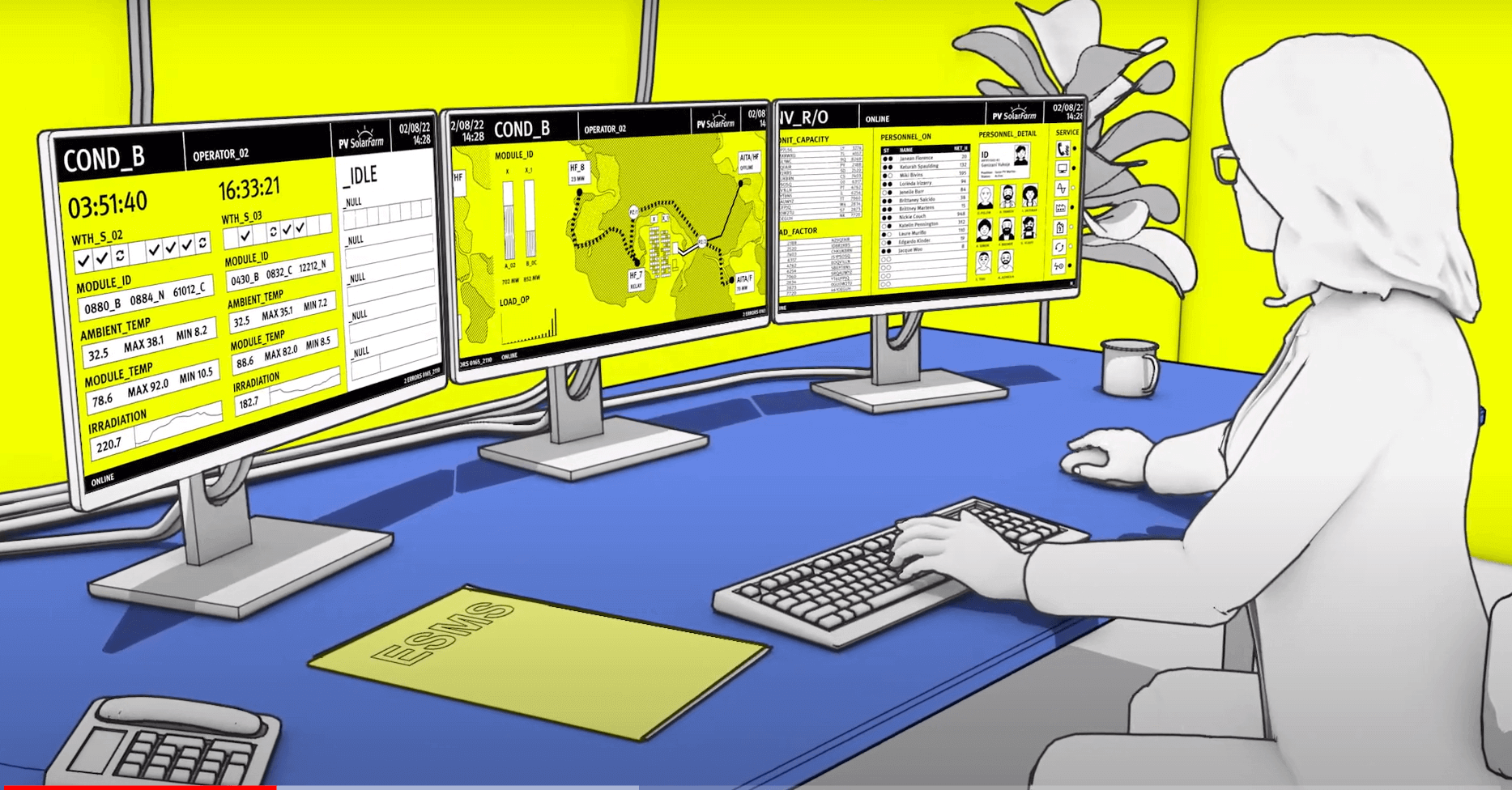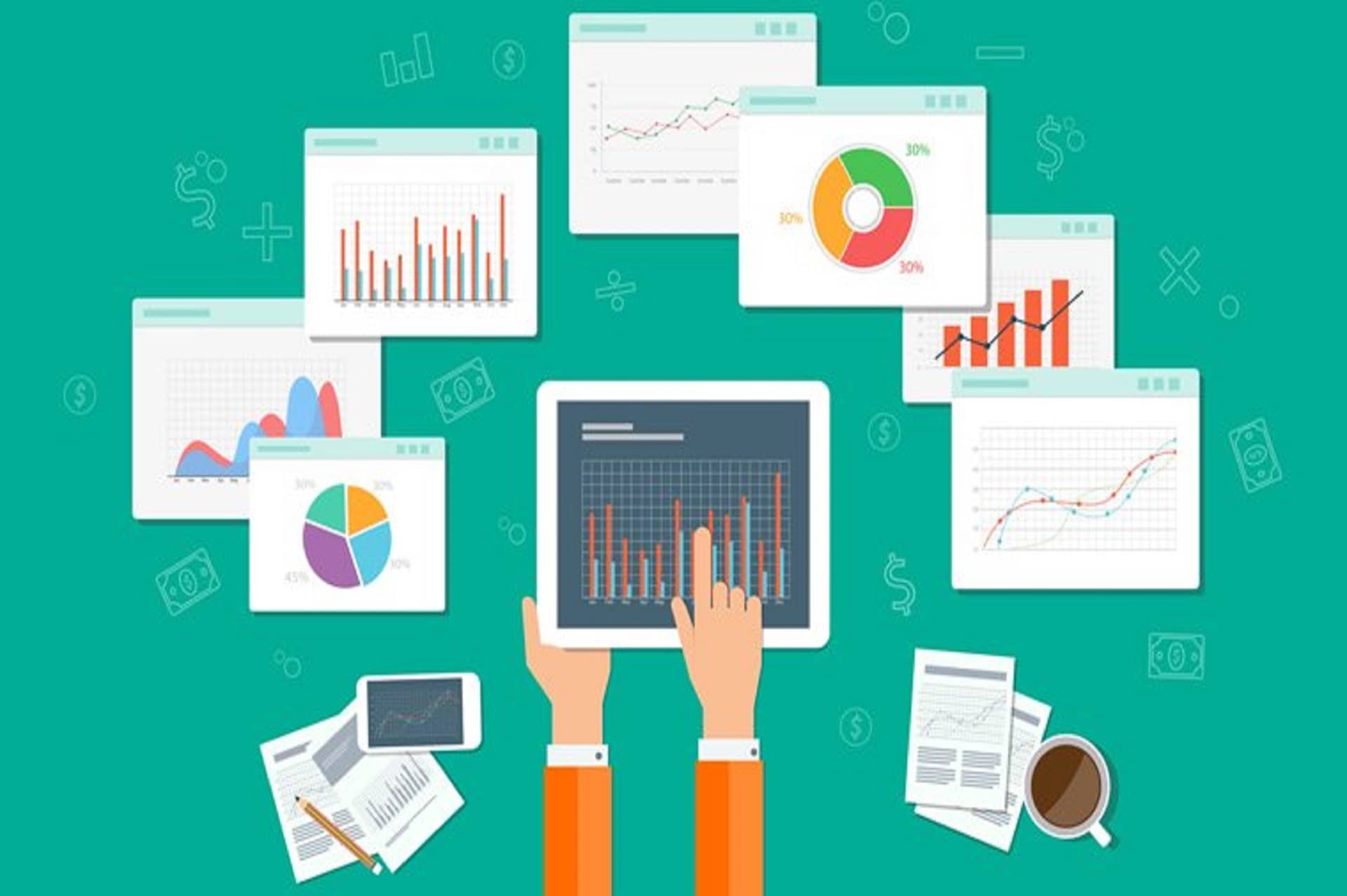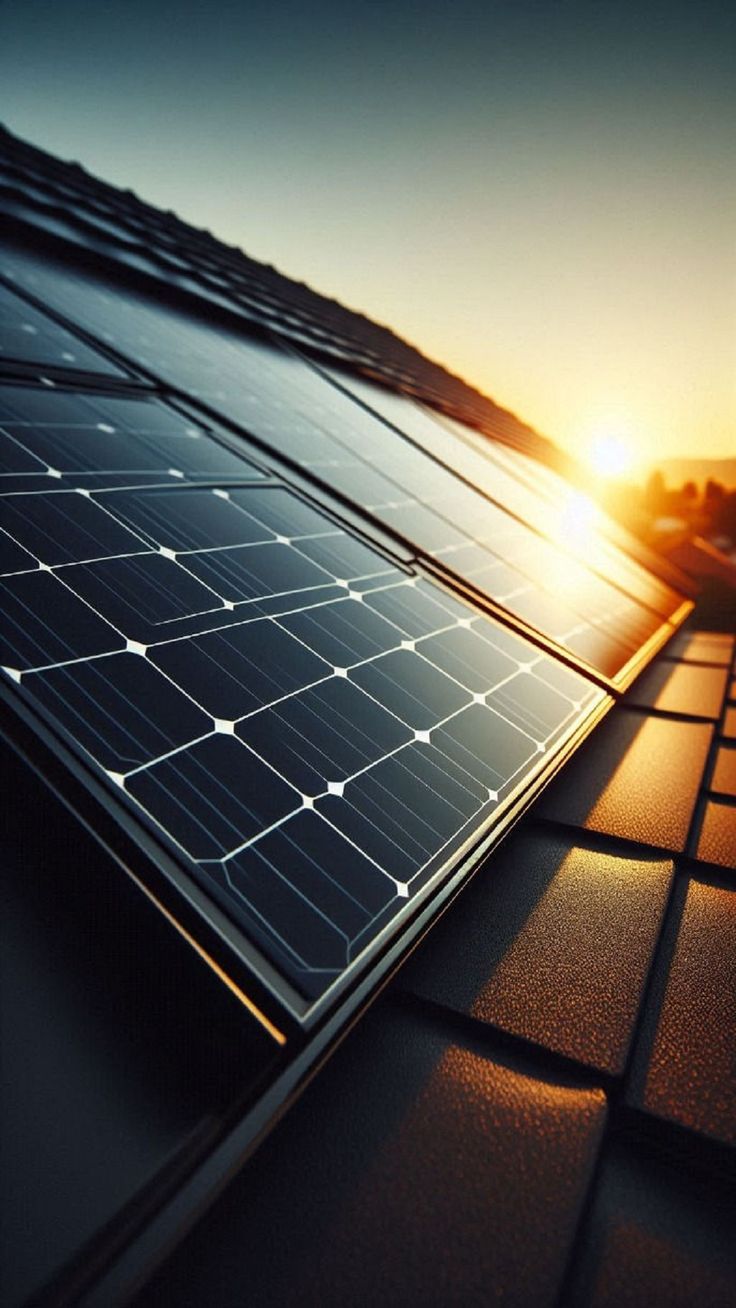
Solar Photovoltaic Systems
Learn what photovoltaic systems are and their function
What are photovoltaic systems? Before answering that question, it is first worth mentioning that solar energy is one of the best options for clean energy consumption and for this reason families and companies are currently beginning to take advantage of the potential of this great source.
For example, did you know that the sun provides enough energy in one hour to supply the needs of a population for a year? It’s incredible, right?
1. What are photovoltaic systems?
A photovoltaic system is a set of various components that allow solar energy to be converted into usable electrical energy, i.e. alternating current; in a clean, sustainable and of course profitable way, which is why it is becoming one of the most in-demand energy sources.
The entire photovoltaic system is based on your client’s usual consumption. From this, you can select the appropriate solar panels that capture the solar energy that the project needs, as well as the other elements that make up the system.
2. Its main components
Now that we have established what photovoltaic systems are, we can explain their main components.
Many people, when they are getting to know the photovoltaic market, come to believe that the photovoltaic system is only the solar panels, but this is not the case and although these are an important part of the entire system, the solar modules are only part of the entire process.
Below we explain the main components of photovoltaic systems:
Solar panel
This device is responsible for receiving energy from the sun through photovoltaic cells, of which you can choose between polycrystalline and monocrystalline modules .
Charge regulator
The regulator is responsible for managing the energy stored in the battery, that is, its function is to prevent the battery from discharging, causing a power shortage, or from becoming overloaded, which could damage the photovoltaic system.
Invertor
It is in the inverter where the direct current energy from the regulator is converted to alternating current energy (which we can use).
Bidirectional meter
This type of meter is very similar to the one normally used, but the difference lies in how it calculates energy consumption.
Houses that do not have solar panels only consume electricity provided by the grid, which is calculated by the traditional meter and the utility company sends them how much they consumed at a certain time.
The difference with the bidirectional meter is that it calculates how much energy is produced by the solar panels and how much is provided by the utility, in order to make a balance and determine what will be charged.
Of course, this is a much lower price, because despite having a photovoltaic system, the electricity consumed daily does not come exclusively from the panels.
3. Types of photovoltaic systems
Now that you know what a photovoltaic system is and the elements that comprise it, we will talk about the two types that exist.
What are photovoltaic systems?
Connected to the power grid
This is one of the most widely used systems and is for self-consumption, that is, it is not commercialized, in which electricity is generated through solar panels to supply the home, business or company, but it has a limited capacity; if this amount is exceeded, the electrical grid comes in, which is responsible for continuing to supply current.
offgrid systems
This type of system is much more sustainable than the previous one, given that absolutely all the energy consumed is energy produced by the photovoltaic system, that is, it is not connected to the electrical grid and this is possible thanks to the battery banks, which also supply power on cloudy or low-light days.
3. How it works
Knowing what a photovoltaic system is matters, but it is also important to know how it works, which we will explain below.
What are photovoltaic systems?
It starts with the photovoltaic cells, which are responsible for absorbing the energy emitted by solar radiation. Silicon is used for these, which is a semiconductor material that allows for greater use.
Solar energy is charged with photons, which are the ones that enter the cells, from this there begins a flow of electrons that later become electrical energy.
The cell makes the electrons and other elements move forward to generate voltage in both parts of the battery, so that through electrical contacts found in the building, all this energy is extracted or used when necessary.
As you may have noticed, knowing what a photovoltaic system does is a bit extensive and you probably have more questions, but don’t worry, we invite you to visit our blog so you can learn more about these topics as well as how to grow your solar panel business.
